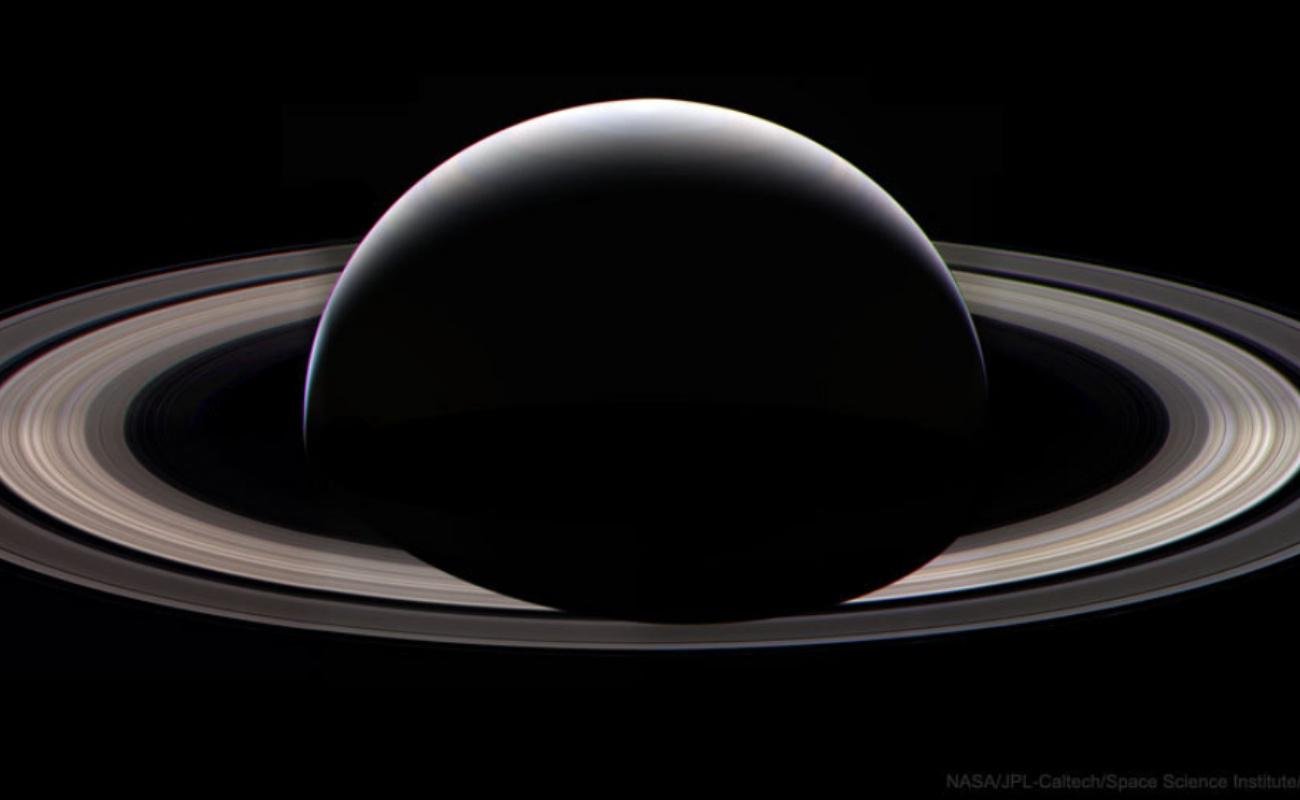Every week, TecMundo this #AstroMiniBR Bring together five interesting and fun astronomical curiosities produced by Twitter profile contributors to spread the knowledge of this oldest science!
#1: The cosmic dance of black holes
This simulation shows a black hole at the center of galaxy OJ 287 orbiting a smaller black hole.
When it collides with the disk of dust and gas, it produces a flash brighter than 1 trillion stars combined!#AstroMiniBR
(c) NASApic.twitter.com/o4ABmlAp9z
— Nicolas Oliveira (@nicooliveira_) 23 August 2022
In astronomical catalogs, the OJ 287 object is located 3.5 billion light-years from Earth as a typical galaxy, but it has a somewhat peculiar feature: its core is extremely active and produces extremely violent explosions. at least 120 years. Seen on photographic plates from astronomical observations since at least 1887, object OJ 287 is actually a binary system of supermassive black holes.
As the smaller black hole orbits the larger one, it continually crashes into the cloud of gas and dust surrounding the system’s event horizon. This produces a series of flashes whose true luminosity is more than a trillion times the luminosity of our Sun, greater than the light emission of the entire Milky Way! This is because this central supermassive black hole is the largest known black hole with a mass of 18.35 billion solar masses.
With such a massive mass, OJ 287 has been proposed for a proposed new classification: ultramassive black holes. The smaller supermassive black hole, on the other hand, has a mass of “only” 165 million solar masses and keeps the larger one in orbit for a period of 12 years, producing twice the bright flash during that time.
#2: Shadows of Saturn
Before the Cassini spacecraft completed its mission in 2017, its camera captured this beautiful view of the night on Saturn! The shadow on the rings at this angle cannot be recorded from Earth.#AstrominiBR pic.twitter.com/MZsMRZdMtF
— Mirian Castejon?? (@MirianCastejon) August 24, 2022
Lord of the Rings Saturn solar system, the favorite planet of amateur astronomers and passionate about the night sky in every corner of the planet. A good observation of Saturn always makes it a star at star parties.
The above image offers a breathtaking view of Saturn’s rings and its impossible night face from Earth: it is the prerogative of space telescopes. Indeed, this image of Saturn’s night shadow falling into its vast and complex ring system was captured in 1997 by the Cassini spacecraft, a NASA robotic probe that headed towards the planet and reached its zenith. , in 2017.
Saturn’s orbits hosted the Cassini spacecraft for 13 years until it was directed to plunge into the gas giant’s atmosphere. This stunning image is a mosaic of frames captured by Cassini’s wide-angle camera just two days before its last big dive.
Such a Saturn night will not be seen by us again until another spacecraft from Earth travels there.
#3: Seeing a bee on the moon
Imagine being able to spot one bee per month.
This is not fiction, JWST will have a sensitivity strong enough to detect the heat of a bee far from the Moon!#AstroMiniBR pic.twitter.com/fidOiFS0dL
— Camila Esperança (@astronomacamila) 20 August 2022
HE James Webb Space Telescope (JWST)It has an advanced and powerful system that can detect even a bee as far away as the moon.
Aspect? The JWST is so sensitive to infrared light that it can detect even the slightest heat from a bee standing on the lunar surface, as the point of thermal energy will be large enough to capture. It can also be said that he can see details as small as a small 5-cent coin from a distance of about 40 kilometers.
These activities are clearly not the purpose of JWST sentiment. In practice, the telescope does what it promises: it gives astronomers an observation of the distant Universe like never before in history, allowing comparisons of the oldest galaxies and stars in existence with newer formations and painting a clearer picture. how they formed and illuminated some long-standing questions about the universe in the first moments of life.
#4: And speaking of the James Webb telescope…
Who is enjoying the images from the James Webb Space Telescope? ??????
HE #JWST Observed Jupiter, the largest planet in the Solar System, and revealed its dynamic atmosphere and even its auroras in great detail!
We can also see its rings and some of its moons. #AstroMiniBR pic.twitter.com/mmeDQj0lOr– Patricia Cruz, PhD (@patyccruz2) 22 August 2022
This week, NASA released new images of the Solar System’s gas giant Jupiter, captured by JWST. The stunning photos above present the great auroras above Jupiter’s north and south poles, atmospheric dynamics with its clouds at different altitudes, and of course the Great Red Spot (with an unprecedented richness of detail, by the way). The famous storm is so large that it can swallow Earth, which appears white in these images because it reflects too much sunlight.
#5: An alien carbon carrier
Fullerenes found in Almahata Sitta meteorite ??
Fullerenes are molecules that consist only of carbon and can be seen as spherical like a soccer ball.
and for the first time C60 has been detected in a meteorite!#AstroMiniBR
{c} Sabbah et al. 2022 pic.twitter.com/htUrdi1gc1— yanna martins franco (@martins_yanna) 23 August 2022
This week, an international team of astronomers reported that fullerene molecules, the largest ever observed in interstellar mediums, have been detected in meteorites. The mechanism of formation of this molecule is one of the major points of discussion among astronomers in the region, and until then such a molecule had not been discovered in meteorites.
This feat leaves open the possibility that fullerenes are an interstellar legacy and a herald of interstellar processes eventually reaching into star systems like ours.
Source: Tec Mundo
I am Bret Jackson, a professional journalist and author for Gadget Onus, where I specialize in writing about the gaming industry. With over 6 years of experience in my field, I have built up an extensive portfolio that ranges from reviews to interviews with top figures within the industry. My work has been featured on various news sites, providing readers with insightful analysis regarding the current state of gaming culture.













